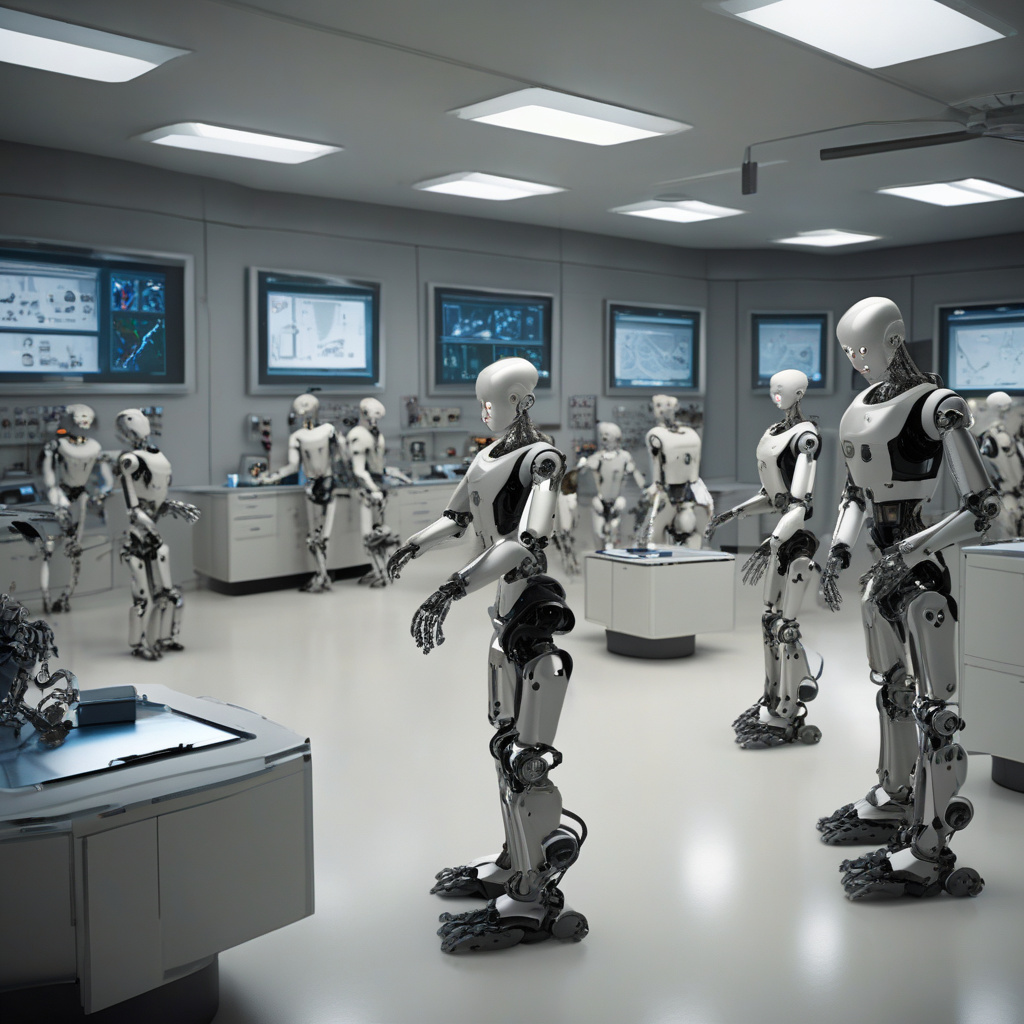In the ever-evolving landscape of technology, the allure of humanoid robots has captured our imagination for decades. The recent unveiling of NEO by 1X Technologies seems to promise a leap into the future, offering a household companion capable of streamlining our daily tasks with finesse and charm. NEO, the world’s first consumer-ready humanoid robot, boasts an impressive array of features designed to revolutionize home automation.
However, a closer look reveals a different story. The glossy presentation and captivating demonstrations of NEO performing various chores mask a crucial detail: the robot’s operations heavily rely on teleoperation. Behind the scenes, human operators guide NEO through its tasks, creating the illusion of autonomous functionality. This practice isn’t unique to 1X Technologies; other companies, like Figure AI, Unitree, Pollen Robotics, Reflex Robotics, and Watney Robotics, employ similar methods to showcase their robots’ capabilities.
The discrepancy between the portrayed autonomy and the reality of teleoperation raises questions about the transparency and ethics of marketing in the robotics industry. While the vision of fully autonomous humanoid robots is enticing, the current technological limitations make achieving this goal a formidable challenge. Training robots to mimic human actions, recognize objects, and navigate complex environments demands meticulous effort and time, far beyond what current technology allows.
Despite these challenges, companies continue to blur the lines between actual capabilities and aspirational goals, enticing consumers with promises of futuristic innovations. From Elon Musk’s ambitious claims about Tesla’s self-driving capabilities to 1X Technologies’ NEO, the trend of overselling technology that is yet to be realized pervades the industry. As consumers, it’s essential to approach such advancements with a critical eye, understanding the gap between what is showcased and what is genuinely achievable.
In conclusion, while the idea of humanoid robots like NEO may seem like a leap forward in home automation, it’s crucial to temper our expectations with a dose of reality. The journey towards fully autonomous robots is a complex and arduous one, requiring advancements in AI, machine learning, and robotics. By acknowledging the current limitations and fostering a culture of transparency in the industry, we can navigate the realm of humanoid robots with informed skepticism and cautious optimism.

